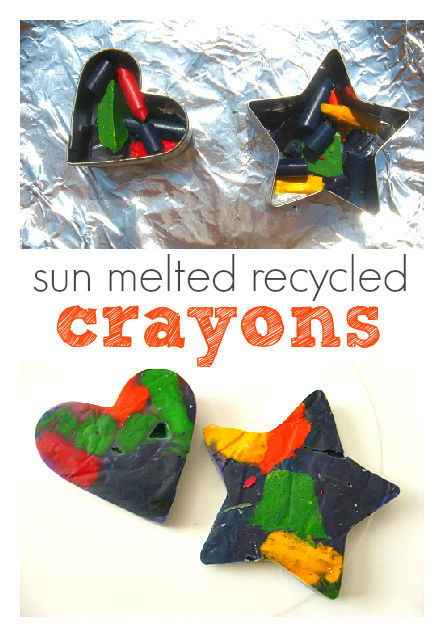Summer STEM/STEAM Activities Round-Up
- Amy Wung Tsao

- Mar 17
- 3 min read
The summer is a great time for outdoor science and water play experiments!

Keep reading for easy, hands-on science experiments and STEAM activities to use in your home or classroom this summer.
Sun Powered Summer STEAM Activities

from Kids Activities Blog
This art project shows the power of both sunlight and sunscreen! Paint on bright construction paper, then leave it out in the sun. After a few hours, the color will fade except where the sunscreen is. (You might keep one control paper out of the sun to compare against the paper that faded in the sun.) Older kids could experiment with different sunscreen brands or types. (Aligns with NGSS science curriculum standards K-PS3-1.)
from No Time for Flashcards
Just imagine telling your kids that the Sun is so hot today, it could melt a crayon. If you happen to be in the middle of a heatwave, you could at least use the weather for a cool artsy science project, right?
Full disclosure - My crayons only partially melted after a few hours in 90°F heat. (The author of No Time for Flashcards did this in 100°F heat.) It probably would have worked better with the next activity - an easy DIY solar oven! (Aligns with NGSS science curriculum standards K-PS3-1.)
from The Space Gal, Emily Calandrelli
Got a leftover pizza box? Make cheesy nachos and smores in this solar oven with Emily Calandrelli! Common Sense Media calls Emily “the science teacher we all wish we had as young kids.”
If your kids liked this, then I highly recommend the 12 minute Emily’s Wonder Lab episode on solar ovens on Netflix. (Aligns with NGSS science curriculum standards K-PS3-1.)
Looking for more sun-powered science? Check out this round-up of STEM picture books on the Sun!
Sink or Float Water Play STEAM Activities
Sink or Float Experiment from PBS Kids
This activity is so easy to set up. Give your kids metal spoons and plastic spoons and see if they can make a conclusion that explains why one sinks and one floats!
To go the extra mile, you can practice the scientific method of defining the question, making a hypothesis, gather data, analyze the data, and make conclusions. (PBS Kids has a colorful Cat-in-the-Hat themed chart that you can use to record your data.) (Aligns with NGSS science curriculum standards 2-PS1-1.)
from Siemens Knowledge Hub
Oranges float! But did you know a peeled orange sinks, even though it weighs less without the peel? It’s because there’s lots of air bubbles in the peel that make the unpeeled orange float. This makes an orange an unexpectedly great example to show the difference between weight and density! (Aligns with NGSS science curriculum standards 2-PS1-1.)
from SciShow Kids
Make an aluminum foil boat! Whose boat can carry the most marbles? (Or pennies, or beans…) You could try a canoe design like these kids, or try your own design. Definitely try a flat sheet of foil and a crumpled up ball of foil to compare with your boats!
For more sink or float science, check out these STEM books and videos full of floating fun!
If you enjoyed this post, sign up here with your email, so you never miss an update!
Have a great summer!
Amy Wung Tsao







Comments